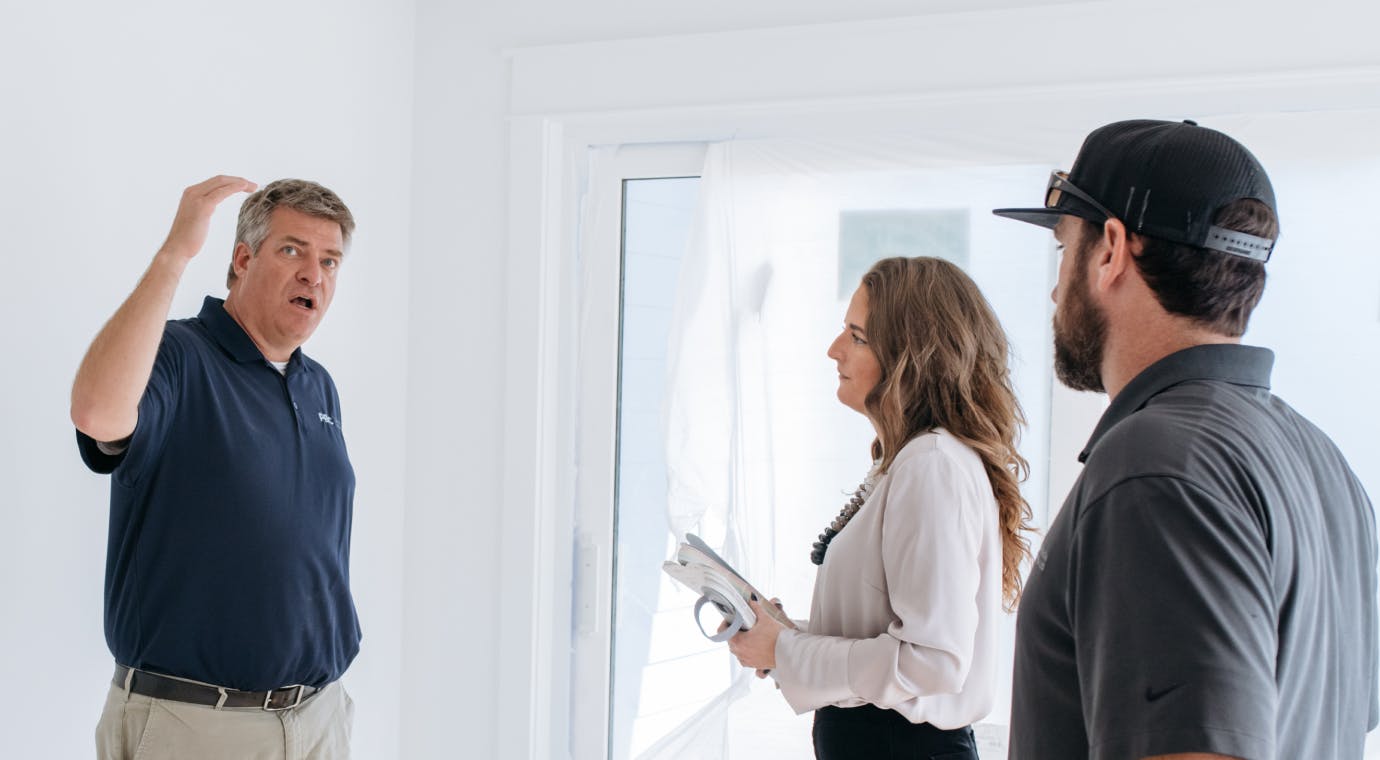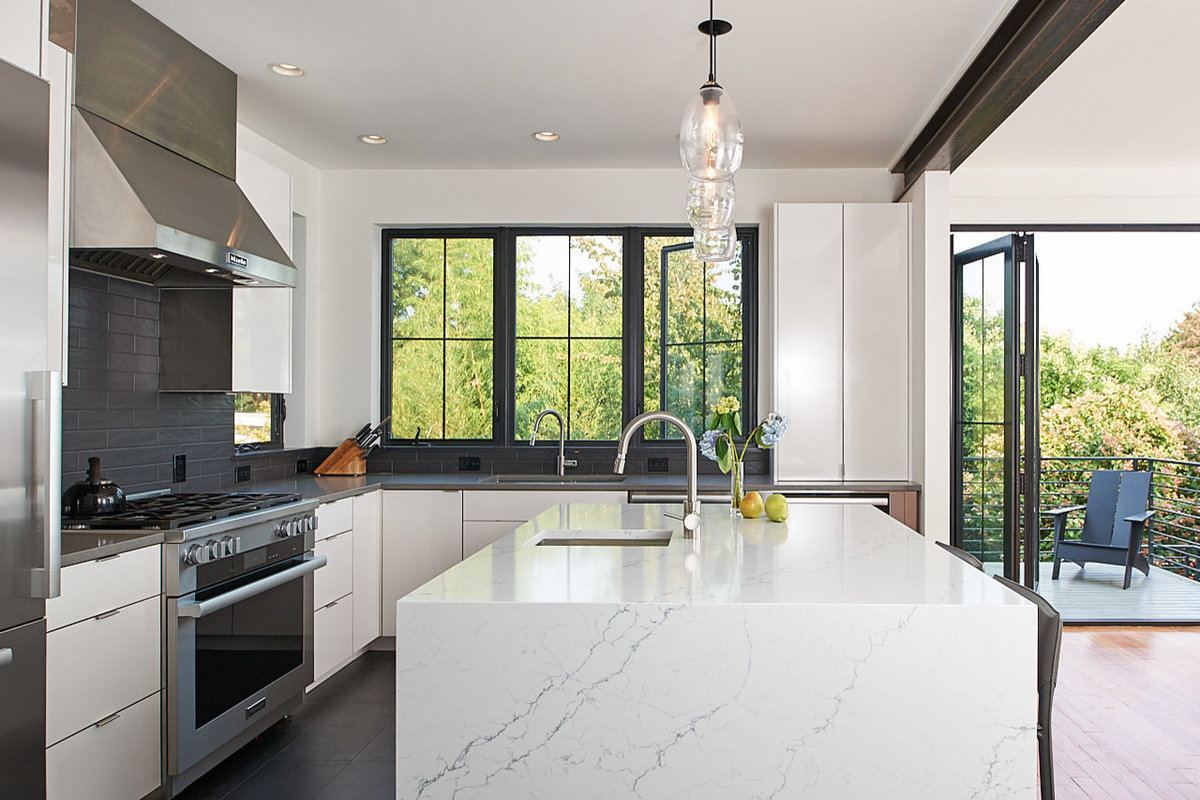Top 5 Mistakes Builders Make When Following Up on Leads
Avoid these communication pitfalls to win more projects

Construction businesses are only as good as their ability to turn leads into clients. And even though customers might need your services, it’s rare that anyone will hire you after the first point of contact. In fact, only a small percentage of sales happen the first time a builder meets with a potential client. The sales process is less like a quick transaction and more like a growing relationship. Pros have to nurture each prospect through a series of quality follow-ups. Whether this happens via phone call, email or a video meeting, the success of your business hinges on your ability to master your follow-up approach. Learning how to avoid these five common mistakes is a great first step.

Mistake #1: Not responding quickly.
In a perfect world, leads would wait patiently for you to reach out. In reality, however, people expect a fast turnaround. An Arise survey reports that 37% of customers expect businesses to respond to their communications within an hour. And less than 20% are satisfied with a response time of over 24 hours. Especially in a crowded market like construction, you’ve got to be fast if you want to win new business. If leads don’t hear from you quickly, oftentimes they’ll just find someone else – most likely your competitors.
Solution: Set a standard quick response time.
InsideSales research shows that 30% to 50% of sales go to the professional who responds first. By creating a culture of urgent response timing, you’ll be setting the bar high for competition. “What I usually do is, as soon as I get the lead, I will call that person immediately, because I know that they’re engaged, they’re in front of their smartphone or their computer, and they must have their phone with them,” Taghi Shaw of Waze Development says.

Mistake #2: Following up just once.
Did you know that 44% of salespeople give up after the first follow-up (Scripted, 2021)? Yet it typically takes an average of five attempts to win a project. This is because at early stages in the journey, a prospective client is still gathering information and getting to know the company. To close a deal, you need to build trust with your clients over multiple conversations. And these follow-ups have to be well-timed. Leave too much time in between and you might lose traction. Leave no time in between and you might overwhelm your leads.
Solution: Plan a proper follow-up schedule.
The timing of follow-ups has to be consistent, which is why many people use software systems to keep them on track. “I love that I have created templates inside of Houzz Pro to address every client as they’re reaching out,” designer John McClain says. “I also love that Houzz Pro reminds me to follow up. It’s almost like a personal assistant.”

Mistake #3: Relying on one form of communication.
Many people prefer to use email to follow up with leads. Sending an email is fast and easy, and you can do it at any time of the day and from any location. However, not all clients respond to the same kind of communication. If you send two or three follow-up emails to your lead and hear nothing back, it might be time for a new approach.
Solution: Communicate through a variety of channels.
When it comes to getting a prospect’s attention, nothing beats a phone call. In fact, many customers even prefer phone calls. It’s a great way to immediately answer questions, while also giving prospects a chance to hear your voice. Another type of communication that’s more personal is video meetings. HubSpot research shows that 63% of sales leaders believe that virtual meetings are just as important as in-person meetings.

Mistake #4: Not using professional language.
Every time you speak with potential clients is a chance to impress them. And while a third or fourth follow-up might seem casual, it’s still important to avoid using slang or industry jargon. Prospects want to know that you are a professional who takes the job seriously, and how you communicate might be the deciding factor as to whether or not they give you their business. This also applies to written forms of communication, such as email.
Solution: Polish what you say.
A good practice for phone conversations is to start by introducing yourself and then your company. This establishes a level of professionalism and credibility while letting your prospect know whom they are speaking to. And when it comes to emails, make sure to use correct spelling and grammar and avoid using abbreviations. By thoughtfully constructing a well-written email you can both set the tone of your communication and showcase your attention to detail.
Here are examples of good follow-up email subject lines:
- Pleasure speaking with you, [lead’s name]
- Next steps for your [location] renovation project
- Let’s take another look at your project
- A few options to get started

Mistake #5: Not asking questions.
Every building pro needs to gather information for a potential project, like location, timeline and budget. However, many pros stop enquiring after they have this basic info.
Without taking the time to ask deeper questions and thoroughly understand goals, potential clients might feel as though you don’t value their vision. “I’ve been in a lot of meetings where I’ve seen professionals bring an opinion before they've really heard the whole situation,” Ruben Gutierrez of Errez Design says. “I think a really great understanding of what the pain points are, of what the vision is in their eyes and what the future holds for them… all these different things come together to determine the solutions that we’re going to present. Once you start asking, I believe clients start to trust that you have their best interests at heart and you’re not just trying to pose some ideal that’s coming from somewhere else.”
Solution: Prepare a list of questions.
A good way to ensure that you’re seeking the right information and showing clients you value their input is to prepare a list of open-ended questions before each meeting. You want your queries to require clients to think and explain.
Here are some examples:
- What are your reasons for taking on this project, and at this time?
- Can you tell me more about your project priorities?
- What are you looking to accomplish with this project?
- How long do you plan to stay in this home?
Following up with leads isn’t always easy and oftentimes it can be one of the most challenging aspects of the sales process. However, by remaining consistent, communicating clearly, and avoiding these common mistakes, you’re well on your way to nailing that follow up and closing more sales.








